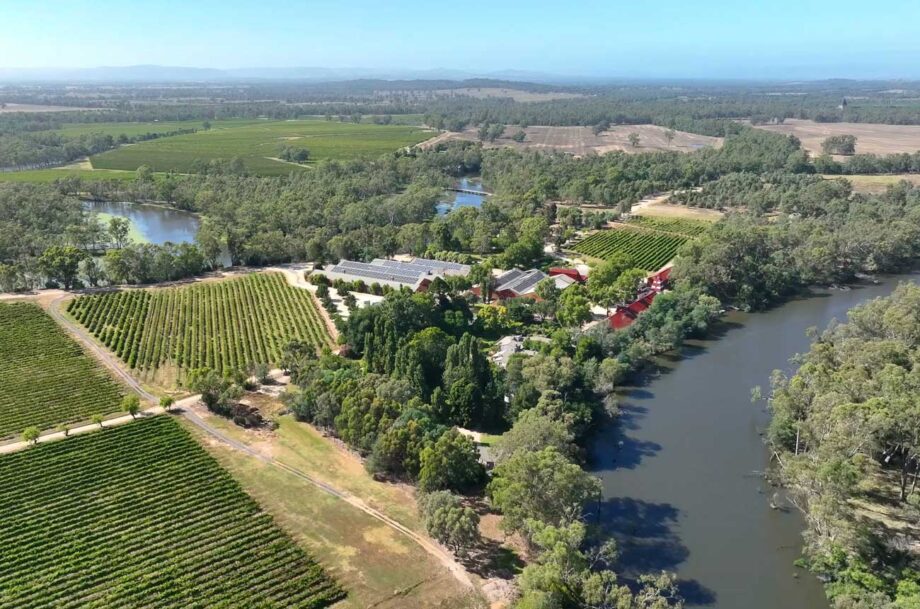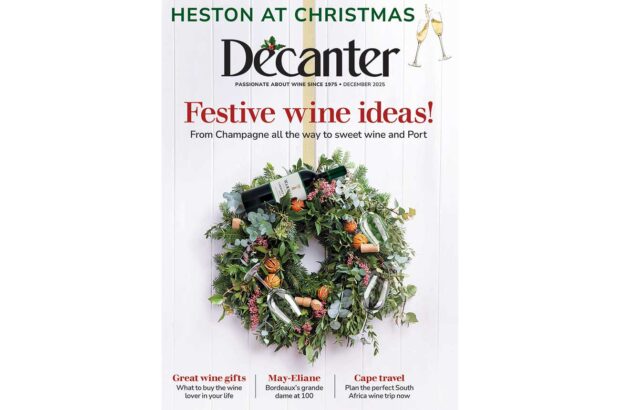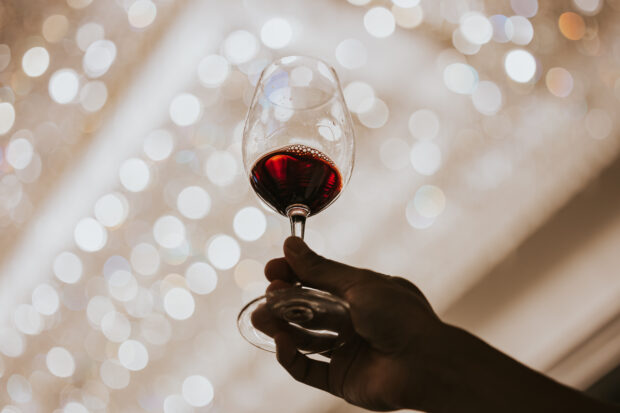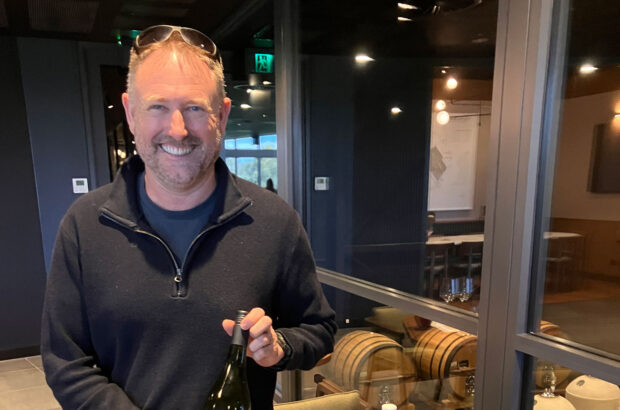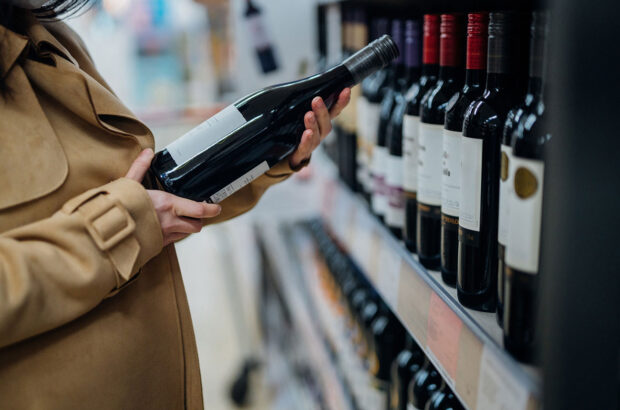Of course no trip would be complete without a few winery visits, but we’re going to assume they’re an added benefit rather than the sole reason for your trip to New Year’s sun. So in the suggestions below I’ve tended to concentrate on places you might be going anyway, and wineries that offer attractions beyond what’s in the bottle. That way you get to go to interesting places and taste some great wines without alienating less oenophile members of your party. It’s a wine/win situation.
Don’t miss the ultimate wine experience – book your tickets now for the Decanter Fine Wine Encounter London 2025
South Africa
Spier, Stellenbosch
The scenery of the Cape wine world is second to none, and Spier gives you multiple different ways of experiencing it, from treks to mountain bike trails (part of the Winelands South route) to Segway tours. It’s a really engaging visit – not least because the exchange rate makes it a no-brainer to upgrade to the most premium wine tasting available.
As well as being a heart-warming project in itself, the Fairtrade craft market is also a fun place to buy bespoke jewellery, ceramics or clothing. Close to Stellenbosch and just half an hour or so from the airport, the 80-room hotel (complete with pool, spa and rewilded gardens) is a justifiably popular base for exploring the winelands.
Villiera, Stellenbosch
Villiera is well-known for Cap Classique sparklers, and there’s much to celebrate about the work put in down the years to improve the lot of both people and nature. The comprehensive social responsibility programme and ambitious rewilding project are both mightily impressive.
The latter includes a 220-hectare wildlife sanctuary which you can visit. You aren’t going to tick off any of the Big Five, but the two-hour driving tour will still give you the chance to see a lot of native bird- and animal life (kudu, giraffe, eland, zebra to name but a few) before finishing up with a tasting of half a dozen wines – still and/or sparkling.
Jordan, Stellenbosch
The Cape’s food and wine scene is excellent, and Jordan’s restaurant has been setting the pace for wineries since 2009. Put simply, it should be on the itinerary of every food loving visitor to the region – particularly if they like Chardonnay and Bordeaux blends.
With magnificent views of the Simonsberg from its large, shaded terrace, it’s an understandably popular destination, so booking is a must. The one-time labourers’ cottages have been sensitively repurposed into luxurious accommodation so work a night’s stay into your itinerary if you can, to make the most of it.
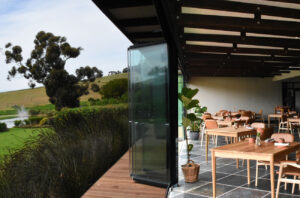
Chile
Viu Manent, Colchagua Valley
There are a lot of good wineries in the Colchagua Valley, and an easy two-hour drive south from the capital, Santiago, Viu Manent should be on your list. The estate is keen for you to experience the vineyards close up, and you can walk, cycle, e-bike or take a horse-drawn buggy through them. If you stay in one of the ‘vineyard lofts’, you can even sleep in amongst the Cabernet.
It’s a worthwhile visit in itself, but since it’s 35km off the main north-south highway, it’s also a good place to stop if you’re heading to Maule, Bio-Bio or Itata further south.
Matetic, San Antonio Valley
The drive to the cheerfully jumbled boho port of Valparaíso takes you straight through the Casablanca Valley wine region, but it’s worth putting in a short detour south to visit Matetic in the Rosario Valley.
For starters, even by Chile’s high standards, it’s incredibly beautiful and, committed to organic and biodynamic viticulture, the estate is determined to keep it that way. The wines are excellent, and you can cherry-pick various food / tour / tasting / accommodation options. Go full board and you get the lot, including a five-course tasting menu in the restaurant and a night in the boutique hotel.
Argentina
Catena Zapata, Lujan de Cuyo
Catena has been setting the pace in Argentina’s wine world for some time, and its stunning butterscotch-coloured ziggurat of a winery is one of the most recognisable (and photogenic) in the wine world.
You need to book visits here in advance, but the Blending Games option looks an absolute bargain at AR$ 89,000 (£50) per person. As well as the usual winery tour you get to play winemaker for a while and mix together different components to create your very own bespoke cuvée.
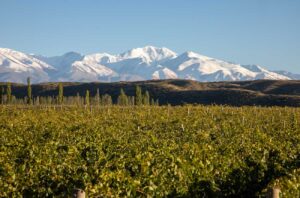
Catena Zapata winery ‘La Pirámide’, in Agrelo, Mendoza. Credit: Catena Zapata.
Australia
D’Arenberg Cube, McLaren Vale
Chester Osborn – long of hair, loud of shirt, amusingly opinionated – is not like most winery owners, and his Cube is one of the wine world’s most unique visits. Plonked in the middle of a vineyard, the asymmetrical five-story building looks like it’s landed from another planet.
While many of the elements are familiar to hardened wine tourists – a restaurant, tasting room and interactive elements like doing your own blending – here they are mashed together with art, humour and imagination in a way that is quirky, entertaining and, sometimes plain bonkers. Unmissable.
Penfolds, Adelaide
There were vineyards and wineries in Australia before Dr Christopher Penfold started making the stuff in 1844, but for most his Magill Estate is the birthplace of Australian wine.
Just 8km from the centre of Adelaide, it’s an intriguing chance to track the growth of the Penfolds phenomenon as well as the shifting trends in the wider industry from fortified to still fine wine and powerhouse reds. Visit options range from the basic to the eye-watering. Choose Ultimate or above and you get to visit the Doc’s original cottage.
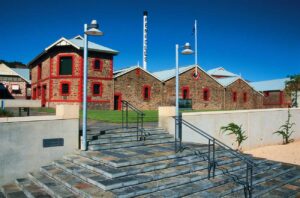
Petaluma, Adelaide Hills
Petaluma has made use of the fact that there’s a silver-medal winning Olympian showjumper’s stables down the road to offer a uniquely equine slant to its Adelaide Hills cellar door.
There’s about an hour of meeting your nag, and trekking through the vineyards, with lots of opportunities for photos of both mount and views, before a brush down (for the horse) and guided tasting (for you). Ten years old and above.
Tahbilk, Nagambie Lakes
Some 90 minutes north of Melbourne, in the Nagambie Lakes, Tahbilk makes for an inspiring day-trip. Established in 1860, it’s one of Australia’s oldest wineries, and history drips out of every pore, as does a love for the slightly quirky geography.
Its name means ‘place of many watering holes’ in the language of the local Taungurung people, and as well as really good wine tours and tastings, you can do an ‘eco cruise’ on a boat through the wetlands and billabongs. A three-hour ‘cultural experience’ with two native guides (including a homemade tea using bush ingredients and a welcome smoking ceremony) is also well worth a look.
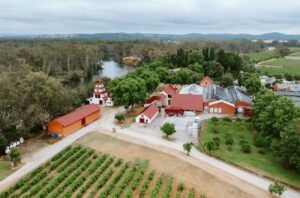
New Zealand
Man O’War, Waiheke Island
Waiheke Island is rapidly acquiring a stellar reputation as a wine region – and not just because it’s the holiday destination of choice for wealthy Aucklanders. An hour and a half on a ferry from Viaduct Harbour in the city’s CBD will deposit you straight at the beachfront cellar door of Man O’War.
If a seaborne arrival is too sedate, you could book the zip line. From up in the hills, it whizzes you over the forests straight to your tasting of top notch Syrah, Bordeaux blends, Chardonnay and Pinot Gris.
Brick Bay / Matakana Estate
Let’s be honest, flying to New Zealand is not for the faint hearted. So having a bit of luxury either before you leave or just after you land is no bad idea.
Brick Bay wine estate an hour north of Auckland airport has a relaxing 2km ‘sculpture walk’ on pathways that weave through vineyards, olive groves and native brush, with the promise of a tasting and restaurant at the end of it. It’s a good way to reconnect with the world before or after 24 hours on a plane.
On your bike!
If you visit Queenstown – the outdoor adventure capital of the world, with bungee jumps, jet boats and sky dives everywhere you look – then a (marginally) more active wine itinerary seems appropriate.
The ‘Pedal 4 Pinot’ trail runs from Clyde to Alexandra. It’s part of the longer (150km) Central Rail Trail cycle route and is flat, trail cycling – so not at all challenging. In the course of just 8km, it’s a great way to access a LOT of Central Otagan producers very quickly. They’re pretty small operations, so the actual visits are mostly just about tasting, talking and maybe some nibbles. But the experience of trundling through the epicentre of Kiwi Pinot is terrific.

